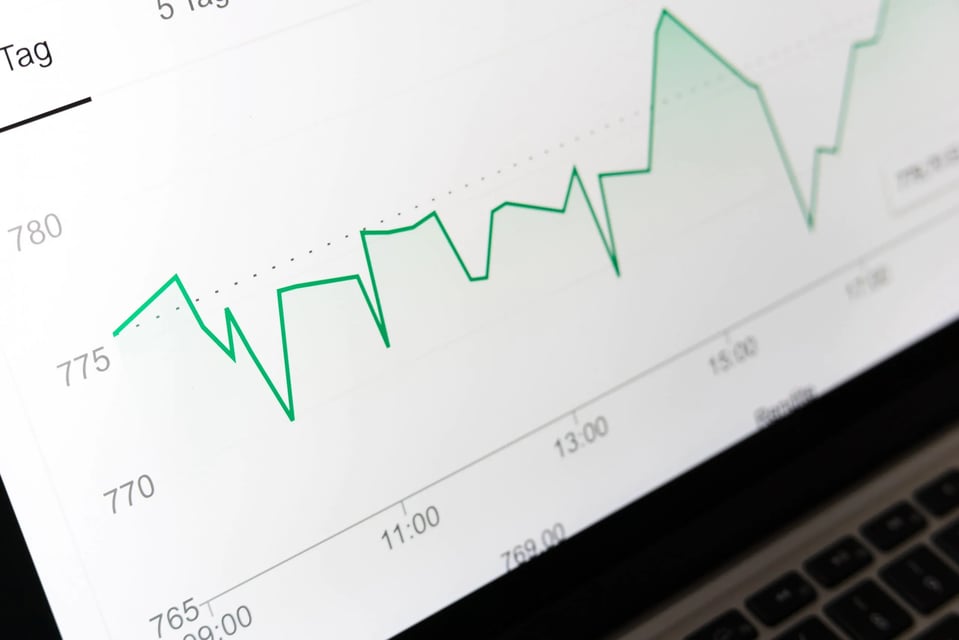For some time now, more and more organisations seem to have been recognising the importance of data. Businesses generate, receive and process so much data it follows that it needs to be managed and governed effectively so that organisations can extract the maximum business value out of their data. Knowing where the data is, what it means and how to use it for business insight is the practice known as ‘Data Management’.
Lifecycle of Data
Data may be obtained from interactions with the outside world or from operational activities within the organisation. This data needs to be checked, organised, cleansed, stored, then transformed, reorganised, and utilised for activities such as reporting or selling before it is eventually retired at some point in the future. During this time, which in some cases may be many years, it needs to be kept secure, accessible, and in a state that is usable by the business. It is this lifecycle of data that constitutes Data Management – the day-to-day operations of keeping data moving around the organisation.
Data Frameworks
In the realm of Data Management, it is common practice to adopt an industry standard framework. One such leading framework is provided by the EDM Council, DCAM (the Data Management Capability Assessment Model), which defines Data Management as:
The development, execution and supervision of plans, policies, programs and practices which deliver control and protection, and enhance the value of data and information assets throughout their lifecycles.
DCAM (the Data Management Capability Assessment Model)
Data Governance
This is typically an IT led process with direction taken from the business, and it is at this interface with the business where Data Governance is applied.
- Data Governance sets the rules, strategies and guardrails determining how your business will manage its data. For example, who should be able to see Personally Identifiable Information, (PII) or what type of orders you are prepared to accept without a related client physical address.
- The ultimate purpose of Data Governance is to formalise Data Management practices as an established function of the business; not only establishing the rules of engagement, but also helping prioritise funding for data initiatives.
- The problem is that while it is usually easy to measure the cost and effectiveness of Data Management activities, it can be difficult to measure how much effort and cost is appropriate for Data Governance. For example, too little governance could result in an organisation receiving regulatory fines or facing reputational damage as a result of not taking appropriate measures to secure data properly.
- Additionally, too little governance may impact data quality, allowing multiple occurrences of each customer in the sales system, meaning excessive time is spent manually preparing summary reports, increasing financial burden and reducing trust in reporting systems.
Data Management and Data Governance work together to ensure that an organisation has access to the data it needs to run cost effectively, whilst meeting compliance and regulatory obligations.
If you need help understanding your challenges around data, want to build a better culture of Data Management or just want to find out how data drives better business decisions contact our data practice. We’d love to find out more about your challenges and requirements.



